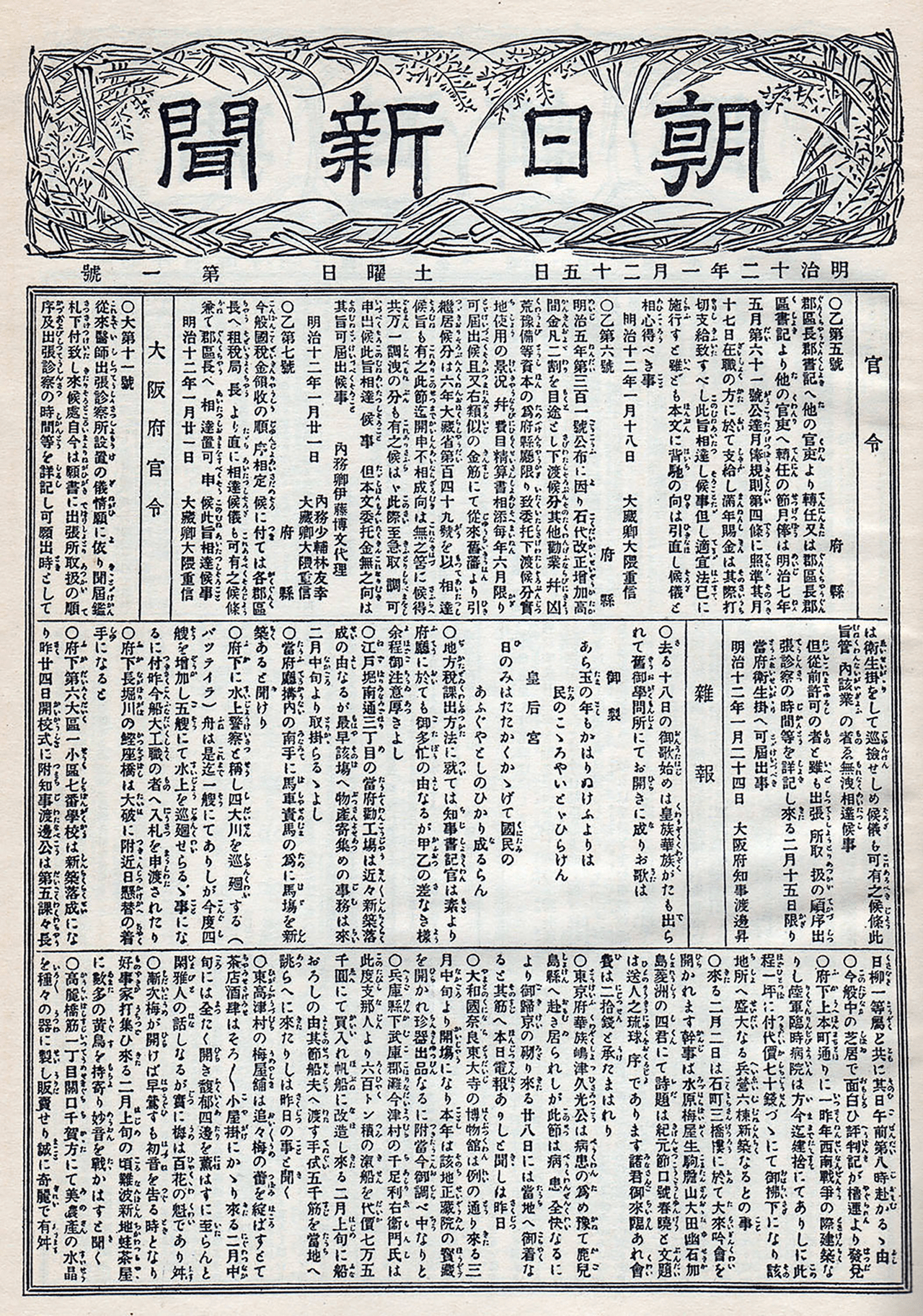Sazae-san is recognized by the Guinness World Records as the longest-running anime series since its debut in 1969. Its journey from a comic strip in 1946 to a beloved television staple showcases an incredible evolution in storytelling and production. With over 2,640 episodes, it’s not just about the Fugata family’s daily life; it’s a mirror to Japan’s changing society over decades. Now, you’re probably wondering how a series has managed to captivate audiences for so long and what makes it stand out in the crowded world of anime. Let’s uncover the secrets behind its unparalleled longevity and cultural impact.
Key Takeaways
- Sazae-san holds the Guinness World Record for the longest-running animated TV series.
- The series has been airing on TV since 1969, spanning over 53 years.
- It evolved from a comic strip that began in 1946, transitioning to television.
- The series has produced over 2,640 episodes.
- No other anime series has surpassed its record for continuous airing since its inception.
Sazae-san’s Legacy
In 1946, Machiko Hasegawa launched her comic strip, Sazae-san. By 1949, it appeared daily in the Asahi Shimbun, running until her retirement in 1974. Her comics, all printed in Japan as digests, sold over 60 million copies by the mid-1990s.
Sazae-san’s legacy shines as a beacon of cultural significance in Japan. It’s more than just an anime; it’s a Japanese cultural symbol that has deeply ingrained itself in the heart of the nation. Over five decades, its characters have become household names, embodying a unique blend of tradition and modernity that resonates across generations.
It mirrors family dynamics and societal shifts, offering a window into the evolving Japanese lifestyle with a nostalgic charm that’s hard to resist. This isn’t just another show on the airwaves; it’s a pivotal part of the cultural fabric, reflecting the changes and constants in Japanese society. Sazae-san’s enduring popularity underscores its role as a beloved and influential series, illustrating the evolution of Japanese entertainment over the years.
Its ability to stay relevant, despite the passage of time, speaks volumes about its impact. You’re witnessing a series that has not only entertained but also educated and connected with viewers, making it an unparalleled phenomenon in the world of animation.
Historical Context

Anime Evolution Over Time
Reflecting on the journey from Sazae-san’s inception, the anime industry’s evolution over decades showcases the dynamic shifts in storytelling, technology, and audience engagement. Sazae-san has been a pioneer, maintaining its unique format of three vignettes, yet evolving in its portrayal and themes. This evolution from slapstick comedy to a more nuanced family drama mirrors broader changes in the anime landscape, adapting to shifting audience preferences. The series has seen a notable change in talent, with voice actors changing over the years, except for the iconic Midori Katō. Sazae-san’s enduring appeal, serving as a national symbol, underlines its significant impact, making it a cornerstone in understanding anime’s development.
Milestones in Anime History
Sazae-san’s remarkable journey marks a pivotal chapter in the rich history of anime. Holding the Guinness World Record as the longest-running animated series, it’s been a beacon of continuity and cultural significance. With over two thousand episodes, its endurance is unmatched, airing every Sunday on Fuji TV for more than 53 years. This series doesn’t just entertain; it offers a comforting glimpse into the day-to-day life of Sazae and her family, embodying a unique slice-of-life charm.
Viewing Figures
Amazingly the series boasts a staggering 97% recognition rate in Japan, showcasing its deep-rooted influence. High viewership ratings have consistently marked Sazae-san’s success in its Sunday time slot, attracting audiences across generations. This anime isn’t just another show and has been engaging viewers with its relatable family dynamics and simple yet profound storytelling. The secret sauce? It’s all in the viewing figures and the staggering episode count that no other anime series has come close to matching.
Let’s talk numbers. Sazae-san’s ability to maintain high viewership ratings isn’t a coincidence. It’s a tribute to its timeless appeal and the way it has woven itself into the fabric of family entertainment in Japan. With each episode, it draws in viewers from different age groups, making it a rare gem in today’s fast-paced world where audiences are often fragmented.
What’s more, the sheer volume of episodes – more than any other anime in history – has cemented Sazae-san’s place in the record books. But it’s not just about quantity; it’s the quality and consistency that keep fans coming back week after week. This show has mastered the art of staying relevant and beloved across decades, proving that good stories, well told, never really go out of style.
Cultural Impact

You’ll find that Sazae-san not only captures the essence of family values but also reflects the evolving fabric of Japanese society. Through its global recognition, the series underscores the universal appeal of its themes and characters. This anime has indeed marked its place as a cultural phenomenon, transcending boundaries and generations with ease.
Family Values Representation
How does ‘Sazae-san’ capture and represent the essence of traditional Japanese family values, becoming a cultural touchstone in the process? By focusing on the heartwarming dynamics within the Isono family, ‘Sazae-san’ has become a beacon of traditional Japanese family values representation. Here’s why you’ll love its portrayal:
- Celebrates the joy in daily family life.
- Reflects the importance of strong familial bonds.
- Showcases the nostalgic charm of simpler times.
- Characters embody enduring values, becoming cultural icons.
- Evolution of Sazae from traditional housewife to feminist symbolizes societal growth.
‘Sazae-san’ not only entertains but also educates on the importance of togetherness, understanding, and evolving with time while holding onto core values.
Japanese Society Reflection
Sazae-san’s depiction of post-World War II Japanese family life offers a mirror to the evolving societal values and challenges of its time. As the longest-running animated series, it’s more than just entertainment; it’s a Japanese society reflection, capturing the essence of a simpler yet profoundly changing era. Through its portrayal of traditional and evolving family dynamics, Sazae-san resonates with audiences of all ages, highlighting the universal appeal of its themes. The series skillfully navigates the shift from traditional values to more liberal societal views, encapsulating Sazae’s growth from a conventional housewife to an emblem of feminism. This evolution not only entertains but also educates, reflecting the changing tides in Japanese culture and society’s ongoing dialogue with its past and future.
Key Characters
At the heart of Sazae-san’s enduring charm are key characters like Sazae Fugata and her vibrant family, each bringing their unique dynamics to the series. This slice-of-life, family-centered anime weaves the daily adventures and interactions of Sazae with her husband Masuo, their children Tarao and Katsuo, as well as her parents Namihei and Fune. These characters are not just figures in a storyline; they’re the soul of Sazae-san, embodying the warmth, humor, and complexities of family life.
Sazae, the spirited main protagonist, navigates the ups and downs of parenthood, marriage, and social life with a delightful mix of humor and grace. Masuo, her supportive husband, complements her perfectly, while their children, Tarao and Katsuo, add layers of joy and mischief. Namihei and Fune, Sazae’s parents, enrich the narrative with their wisdom and traditional values.
Together, this close-knit family captures the hearts of audiences by portraying relatable, everyday experiences. Their interactions reflect the essence of familial bonds, making each episode a heartwarming glimpse into the life of the Fugata family. This ensemble of characters has not only contributed to the series’ longevity but also cemented their place as cultural icons in Japan.
Episode Highlights
Exploring episode highlights, you’ll discover how the charming dynamics of the Fugata family come to life, offering viewers relatable and heartwarming stories. Each vignette is a slice of life, reflecting the joys, challenges, and humorous moments that are part of a traditional Japanese family’s daily experience. The slice-of-life comedy genre of Sazae-san captures these moments with a light-hearted and engaging touch.
Here are some highlights you won’t want to miss:
- Sazae’s Misadventures: Sazae often finds herself in comedic situations, showcasing the humor in everyday life.
- Family Celebrations: Festivals, birthdays, and holidays are portrayed with warmth, emphasizing family bonds.
- Sibling Rivalry: Episodes featuring Sazae’s siblings, Katsuo and Wakame, provide laughter and show the dynamics of sibling relationships.
- Marital Bliss and Blisters: Sazae and her husband, Masuo, navigate their marriage with humor and love, reflecting traditional and evolving gender roles.
- Cultural Traditions: The series beautifully illustrates traditional Japanese customs and festivals, educating and entertaining the audience.
Production Insights
You’ll find the episode creation process and animation’s evolution over time both fascinating aspects of Sazae-san’s production journey. The team behind this enduring series has continuously adapted to changing technologies and audience expectations. Let’s explore how these elements have contributed to making Sazae-san a beloved and historic anime.
Episode Creation Process
Diving into the production process of Sazae-san, you’ll discover a world where traditional hand-drawn techniques meet an unwavering commitment to craftsmanship. The episode creation process is a testament to the dedication of the animation team at TCJ, ensuring that viewers receive a weekly dose of this beloved series despite challenges like the energy crisis and the COVID-19 pandemic.
- Episodes are meticulously crafted using traditional hand-drawn cels.
- TCJ maintains a rigorous production schedule.
- Each episode reflects a high level of detail and craftsmanship.
- Asahi Shimbun’s acquisition of publishing rights in 1993 bolstered the show’s success.
- The series has navigated production interruptions with resilience.
Enjoy the charm and consistency of Sazae-san, a series defined by its commitment to hand-drawn animation and storytelling excellence.
Animation Evolution Over Time
Since its debut, Sazae-san’s animation has undergone a remarkable evolution, smoothly integrating modern techniques with its cherished traditional style. The show’s dedication to traditional cel animation has set it apart, preserving a unique charm that has captivated generations. In 2009, Sazae-san took a bold step by updating its opening credits to digital, marking a significant milestone in its production history.
This move not only showcased advancements in production techniques but also demonstrated the show’s ability to adapt while staying true to its roots. Despite facing challenges like the energy crisis and the COVID-19 pandemic, which temporarily halted production, Sazae-san has consistently evolved. It’s maintained its iconic style while embracing modern updates, ensuring its place in the hearts of viewers.
Global Audience
Despite its impressive run, Sazae-san’s global audience remains small due to its limited overseas exposure. However, its charm hasn’t widely spread across borders, primarily because:
- Sazae-san has not been exported overseas.
- It lacks official translations or international distributions.
- Rights holders have kept it mostly for domestic viewing.
- There’s limited international availability.
- Its global audience is smaller compared to other anime series.
You might wonder what you’re missing out on. Sazae-san offers a unique glimpse into Japanese family life, culture, and humor, resonating with viewers for generations. Despite the geo-restrictions, the digital age brings hope. Fan-made translations and online communities can provide a sneak peek into Sazae-san’s world. As global interest in anime continues to grow, perhaps one day, Sazae-san will find its way into hearts worldwide, breaking beyond its current boundaries. Until then, it remains a treasured piece of Japanese culture, awaiting discovery by those keen to explore anime’s rich history.

